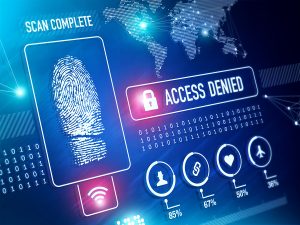
The recently released President's Management Agenda (PMA) is focused on the issue of declining trust in government. In the report, this lack of trust is tied to the poor customer service citizens receive from government. In the age of Amazon, Uber, and social media reliance, the level of service people expect from companies has dramatically changed. Citizens expect to be able to contact organizations on their terms (via mobile, online chat, email, phone) and that when they connect with someone, they will have all relevant data at their fingertips. While that has been a reality in the commercial sector, it's a fairly new concept for government.
In 2014 President Obama made citizen service a cross agency priority. Since that time agencies have made large strides in improving how they interact with the citizens they serve. In fact, according to the 2017 ACSI Federal Government Report, citizen satisfaction with government service is at its highest levels since 2006. But there is still much work to be done. Continue reading




 Whether it's an
Whether it's an 
 The digitization of records and processes across government increases the need for sound digital investigation tools and processes. Whether it is looking into a data breach or gathering information for litigation, organizations are spending a lot of time culling through this data to get answers to pressing issues. An
The digitization of records and processes across government increases the need for sound digital investigation tools and processes. Whether it is looking into a data breach or gathering information for litigation, organizations are spending a lot of time culling through this data to get answers to pressing issues. An 
